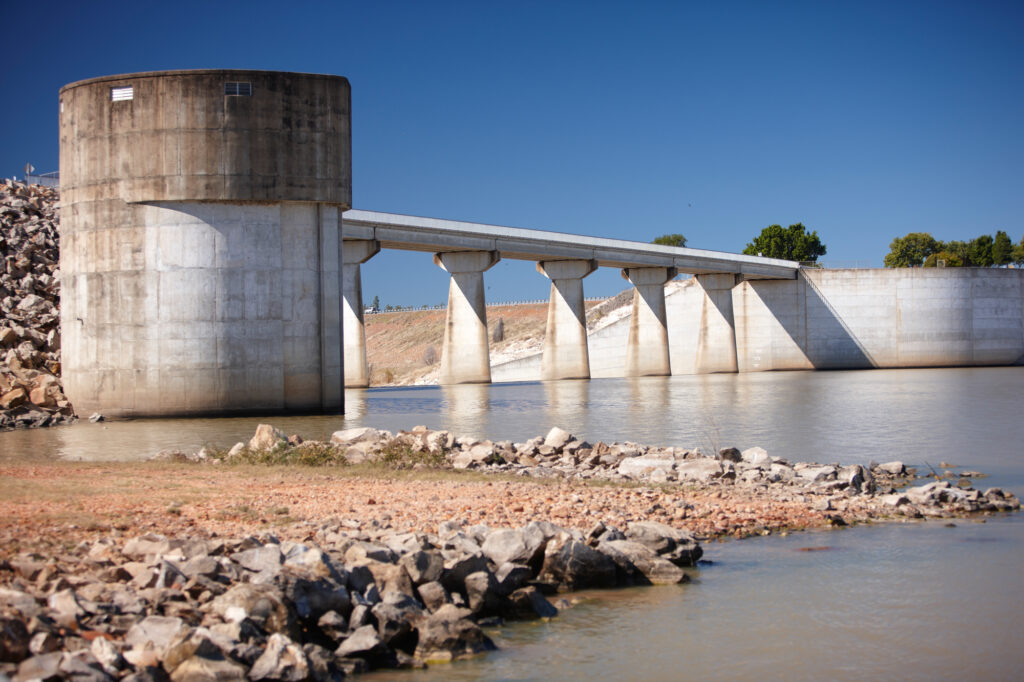What is a dam?
A dam is built to control and store water. Dams are made from earth, rocks or concrete and are usually constructed on rivers to store the water in a reservoir.
View and/or download the International Committee on Large Dams (ICOLD) publication “Dams and the World’s Water” an educational Book that explains how dams help to manage the world’s water.
How do Dams work?
Dams store water in the reservoir during times of excess flow, so that the water can be released from the reservoir during the times that natural flows are inadequate to meet the need of the water users.
Why are Dams important?
Dams are important because they provide water for drinking and bathing, water for industry, water for irrigation, water for power generation, water for fishing and recreation, and for other needs.
Definition of Large Dam
In Australia, a definition of a large dam is:
(a) more than 15 metres in height measured from the lowest point of the general foundations to the ‘crest’ of the dam,
(b) more than 10 metres in height measured as in (a) provided they comply with at least one of the following conditions:
(i) the crest is not less than 500 metres in length
(ii)the capacity of the reservoir formed by the dam is not less than 1 million cubic metres
(iii)the maximum flood discharge dealt with by the dam is not less than 2000 cubic metres per second
(iv) the dam is of unusual design
No dam less than 10 metres in height is included.
Register of Large Dams in Australia
Australia has over 500 large dams. During 1962, the Australian National Committee on Large Dams (ANCOLD) prepared, on behalf of the International Commission of Large Dams (ICOLD), a Register of Large Dams in Australia for inclusion in their World Register of Dams. Since this time the Register of Large Dams in Australia has been updated on many occasions with the last updates being conducted in 2010.
IMPORTANT DISCLAIMER Please read before downloading- ANCOLD holds the register to support reporting to ICOLD on the status of large dams in Australia and the data is for general information purposes only. The data is based on information reported by owners of Large Dams as defined by ICOLD and other publicly available data sources. The data base has some smaller dams included, however the list is not a complete list for both large dams and particularly for smaller dams. ANCOLD does not warrant the completeness or the accuracy of the data. Any users of the data are to make their own determination on suitability for their purposes and take responsibility for such judgement.
Register of Large Dams Australia-2015 – update as at January 2022


